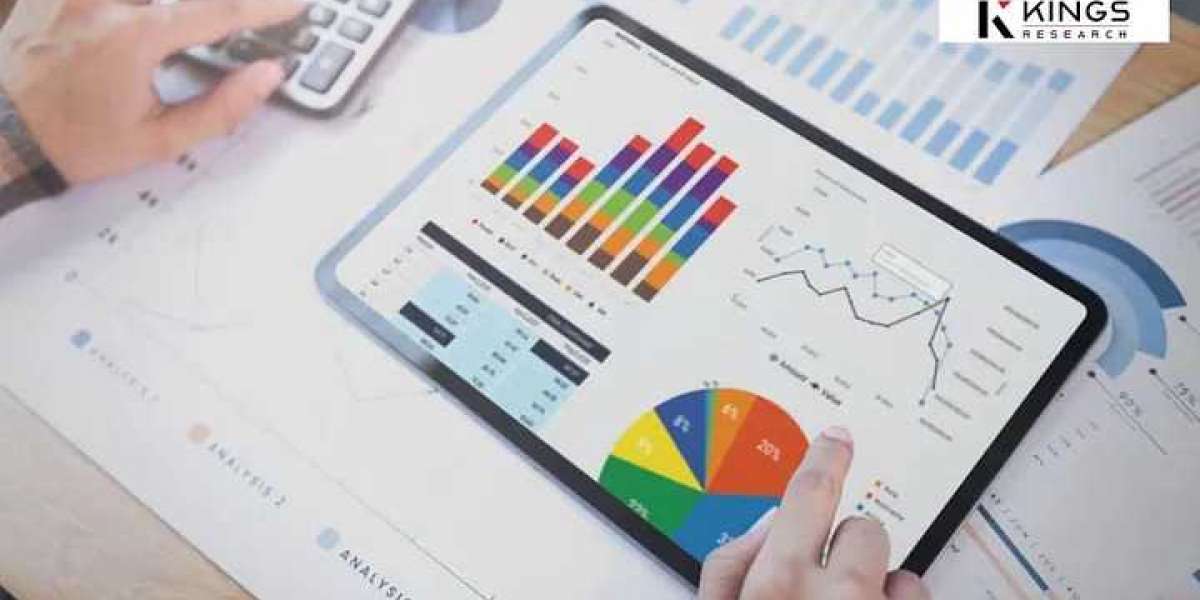Indonesia, Southeast Asia’s largest economy, is stepping into 2025 with an intensified focus on sustainable energy solutions — and the Waste to Energy (WTE) market is emerging as a key player in this transformation. With a growing population, urbanization, and increasing waste generation, Indonesia Waste to Energy Market presents both a significant challenge and a golden opportunity for investors, technology providers, and policymakers.
Waste Problem Meets Energy Demand
Indonesia produces over 65 million tons of waste annually, and this figure is expected to grow in 2025. Major cities like Jakarta, Surabaya, and Bandung are facing mounting pressure to manage waste more effectively. At the same time, Indonesia is aiming to boost its renewable energy capacity to meet its target of 23% renewable energy in the national energy mix by 2025.
This convergence of waste management needs and energy demand makes Waste to Energy technology a highly attractive solution. It not only addresses waste disposal but also generates electricity, contributing to energy security and environmental sustainability.
Market Growth and Government Support
Indonesia Waste to Energy Market is forecasted to experience steady growth in 2025, backed by government policies, foreign investment, and technology innovation. The government has implemented Presidential Regulation No. 35/2018, mandating the development of WTE facilities in 12 major cities. Additionally, various incentive programs, such as Feed-in Tariffs (FIT) and fiscal benefits, are designed to attract private sector participation.
Local governments are collaborating with international companies from Japan, China, and Europe to bring advanced incineration, gasification, and anaerobic digestion technologies to Indonesia. These partnerships are helping to overcome technical and financial barriers that have traditionally slowed down WTE project development.
Key Players and Projects to Watch
Some notable players shaping Indonesia’s WTE landscape in 2025 include PT PLN (Persero), Indonesia Power, Hitachi Zosen Inova, and China Everbright International. Projects like the Sunter Waste to Energy Plant in Jakarta — the country’s flagship WTE facility — are expected to start operations and set the standard for future developments.
Other cities like Surabaya, Bali, and Bekasi are also pushing forward with new WTE projects, emphasizing a decentralized approach to waste management and energy generation.
Challenges Remain, But So Do Opportunities
While the outlook is promising, Indonesia Waste to Energy Market still faces challenges such as high upfront costs, regulatory hurdles, and community resistance due to environmental concerns. Ensuring transparency, public engagement, and environmental safeguards will be crucial for long-term success.
That said, the market is ripe with opportunities for technology providers, investors, and local innovators to contribute to Indonesia’s green energy goals.
For More Info https://www.gmiresearch.com/report/indonesia-waste-to-energy-market/
Final Thoughts: Waste to Energy is Indonesia’s Next Big Green Move
As Indonesia continues its journey toward a sustainable future, the Indonesia Waste to Energy Market in 2025 is poised for growth and transformation. With strong government backing, increasing investor interest, and urgent waste management needs, WTE is more than just a trend — it’s becoming a vital part of Indonesia’s clean energy ecosystem.
Businesses that move early, build local partnerships, and offer innovative solutions will be well-positioned to tap into this exciting and impactful market.







